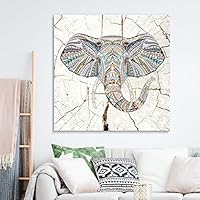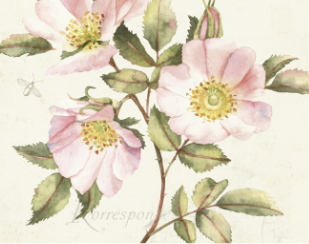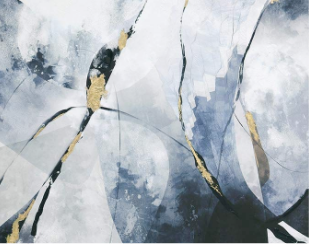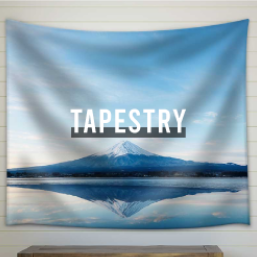
About The Unicorn In Captivity (From The Unicorn Tapestries)
Interested in the Unicorn In Captivity print?
This amazing work of art is from a group of surviving hangings from the Middle Ages. They are the Unicorn Tapestries.
The tapestries depict men of nobility on a hunt for a Unicorn. This particular work shows the unicorn after they caught him.
It is not clear who made these tapestries but that they likely originated in Brussels. The tapestries now hang in The Cloisters in New York.
Shop this Unicorn In Captivity canvas today!
About The Unicorn In Captivity Print
- Enter the ID number to confirm the fit.
- Choice canvas material and durable anti-shrink frames.
- 1.50” Thickness stretchers produce a gallery-style look.
- Stretched, prepped, and digitally printed in the United States of America.
- All orders include a hanging kit.
- We make all of our products in the United States. Be on the watch for inferior products and fraudulent sellers. We never ship products from overseas.
- We make our canvases for digital printing. In the blank form, they are white semi-gloss artist canvases.
We use only HP Latex inks to print our products. This can make sure our canvases can be resistant to fading for up to 100 years.
Select quality frames only. Wooden stretchers used to stretch canvases.
Get your very own Unicorn In Captivity print on canvas for a low price plus free shipping!
About The Hunt Of The Unicorn
The tapestries are woven out of silk, wool, and metallic thread. While it is unknown who made the tapestries, it's also unknown who commissioned them, although there has been much speculation. The tapestries disappeared in the 1600s and rediscovered in the 1800s. From then on they have been a topic of extensive academic debate.


















































































































































